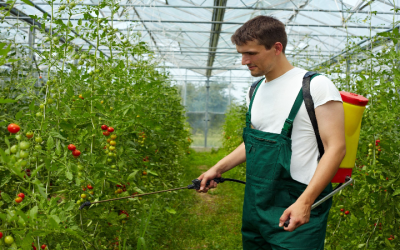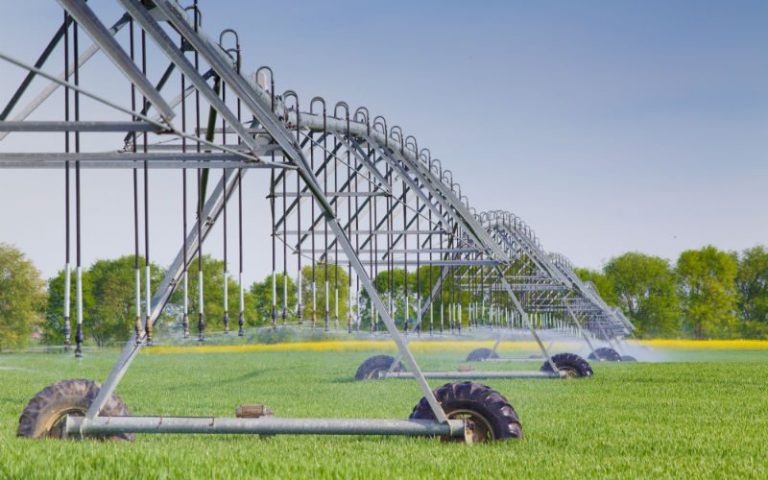Across the globe, companies are pushed to gain insight into their multi-tier supply chains, and they need to share more information about the supply with their partners, customers, and stakeholders. Many things are working behind this, such as regulation, increased investors, technical advanced, and customer expectations. Go through this article to learn more about supply chain traceability.
What is Supply Chain Traceability?
It is a process of tracking the provenance and product journey, their inputs from the very beginning of the supply chain to the delivery to the end-users.
Why is it important to pursue traceability?
There are many reasons why pursuing supply chain traceability is important. Some sectors are running after it for many years, for instance, food and pharmaceuticals where safety plays the most important role. Traceability offers scopes to find and point out the supply chain efficiencies. Also, it enables a business to meet the regulatory requirements, to connect with and understand the roles played by the actors in the upstream supply chain.
When it comes to sustainability, traceability provides a company with an opportunity of creating and monitor sustainability claims.
Traceability explicitly implements sustainability. It is the pillar of a supply chain that examines social and environmental claims. At the same time, supply chain traceability does not provide this verification alone. It is the responsibility of the companies to specify the sustainable objects.
If you want success, your supply chain mapping must be effective. If needed, you can ask for a professional’s help.


